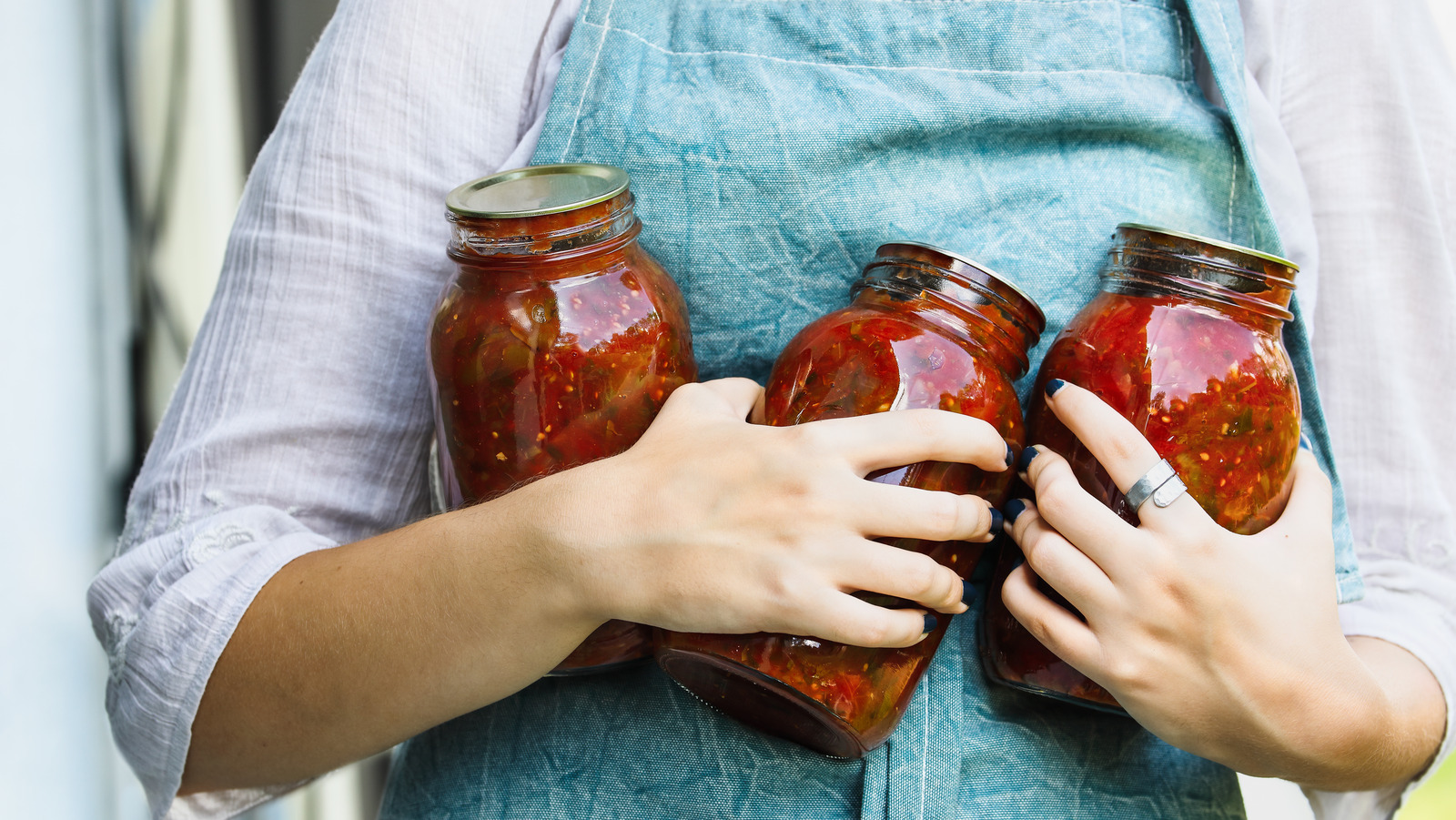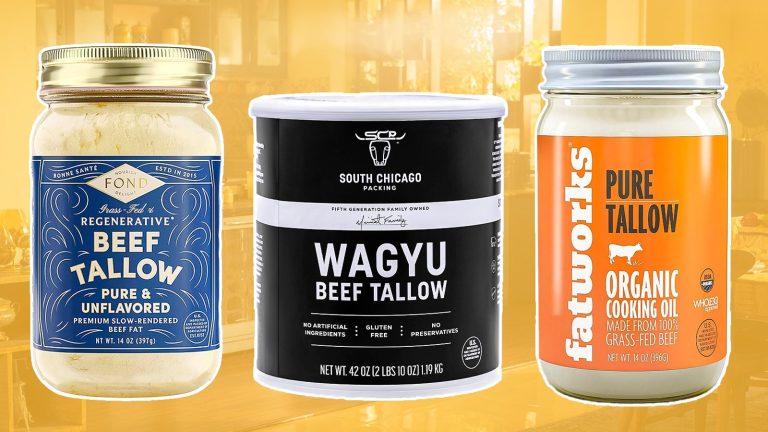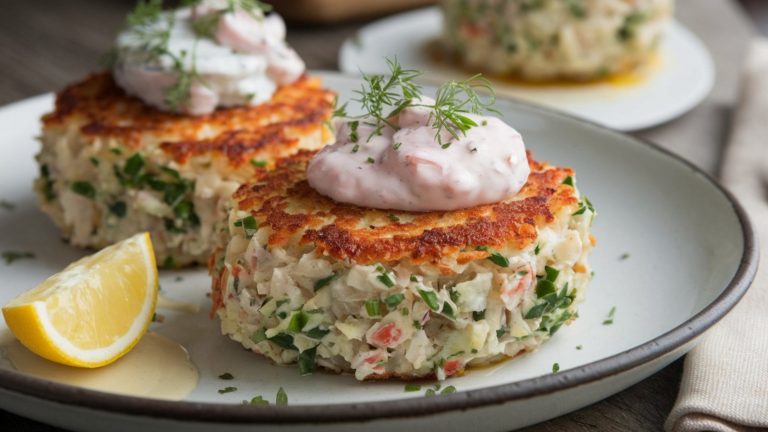A sous vide machine may seem like one of those gadgets only your chef or a foodie friend would have, but they’re really a great tool for every level of cook. User friendly, relatively affordable, and full of practical uses, a sous vide works as an immersion circulator that holds water at a stable temperature, allowing you to seamlessly execute recipes that would normally require constant attention.
Typically, one would vacuum seal meat, veggies, or liquids in a nylon bag designed to be used for cooking without breaking. But there are also many practical reasons to use mason jars, instead. You can reuse them, for one, which lets you save the cost of buying new bags. You don’t need a vacuum sealer for jars, and they’re less hassle to cook liquids in. Not to mention that the amount of micro-plastics released from sous vide bags hasn’t really been studied, so if you’d rather not run the risk, you may be better off using glass mason jars.
There are a few basic rules to follow when cooking in glass mason jars, mainly to avoid the jar breaking apart mid-cook and ruining all your hard work. Use this guide to understand the do’s and don’ts of sous vide in mason jars and unlock a new level of hassle-free cooking.
Do: Use a lot of liquid
Plopping a mason jar that only contains dry ingredients into a sous vide bath effectively turns the jar into an oven — the glass heats the air and the air will in turn cook the contents of the jar — in that case, you may as well just use the oven. If you’re using your sous vide for something with a lot of liquid, like an oil infusion or making yogurt, then a mason jar is the perfect tool. Sous vide bags can be a bit clunky and difficult to seal when full of liquid, whereas a jar will easily contain it with less difficulty and less mess.
If you’re cooking a piece of meat, it may seem counterintuitive to submerge it in liquid, but using a flavorful broth and adding a few spices or slices of onion and garlic has the same effect as braising — you’ll end up with a tender, juicy piece of meat that melts in your mouth. When cooking proteins, potatoes, or vegetables it’s important that you completely submerge them in broth, pickling liquid, or fat. If half the product is covered with liquid but half is exposed to air, it’s going to cook totally uneven. If you’d rather not poach or braise your product or don’t have a stock on hand, consider using a bag, instead. Vacuum sealing all the air out of the bag allows the heat of the water to cook the meat more directly, which means you don’t have to use liquid and it will cook a lot faster.
Don’t: Vacuum seal jars
While vacuum sealing is an important step for using a nylon sous vide bag, it’s unnecessary and even dangerous when cooking in a jar. When using a bag, compressing it removes all of the air and allows the water bath to cook the contents directly, without having to heat the air around it. Whereas with jars, vacuum sealing it could cause a build up of pressure to break the glass, and won’t change how the product inside cooks. Not to mention that sucking all of the air out could make it almost impossible to get the lid off afterwards.
You can use a specific style of vacuum sealer to remove air from jars, which if you’re storing dry goods can be very practical, but when using a sous vide you’re better off filling the jar with liquid to properly cook the contents. Vacuum seal machines have several practical uses outside of sous vide, like making frozen goods last longer. Although if you plan on cooking only with mason jars, you can save your money and skip buying one.
Do: Leave enough headspace
One of the many rules that canners follow is to leave ‘headspace,’ which refers to the empty space directly below the lid. If you fill the jar all the way to the brim, it may cause the bottom of your mason jar to pop off as the steam pressure builds up. As a general rule, leaving half an inch (measured from the lid down) for smaller jars and an inch for larger jars is a safe bet to keep your jar intact.
While you do want headspace at the top of the jar, make sure there’s not too much space or empty spots throughout the jar. If there’s big gaps of air, your jar might float and tip over in the water bath. Fill any gaps with liquid or more food so that it sinks neatly below the waterline, and your product cooks evenly.
Don’t: Over tighten the lid
Another canners tip to ensure your mason jar doesn’t crack or break, is to not over-tighten the lid. You should use “fingertip pressure,” which indicates tightening the jar with just your fingertips, not the strength of your whole arm. Some canners will even twist it back half a turn just to be safe, although because the sous vide doesn’t reach as high of temperatures as a pressure canner, this isn’t really necessary.
The reason you need to leave a small gap is for pressure to be able to escape. As you heat your product, the air expands as molecules gain kinetic energy and move more rapidly. The expansion of the air as its heated will push out, and, if your jar is tightened just right but not too tight, molecules will be able to escape from the tiny gap between jar and lid.
Do: Check your water levels
It’s happened at least once in every restaurant: The sous vide machine is left on overnight to cook a protein, but shuts off halfway through the night because the water level drops too low. While sous vide machines are beautifully designed to cook for long periods of time, they do require some baby sitting to monitor the water level. If it drops below the level of the circulator, the machine will simply turn off as it can’t reach anything to circulate. If you’re cooking meat or starch’s in a mason jar, it may take longer than using a bag as the water bath first must heat the liquid surrounding your product before cooking the product itself. Make sure to keep an eye on that water level, as it will certainly evaporate over time.
Thankfully there is an easy way around this that will allow you to leave the sous vide running overnight: fashion a lid for your sous vide bath. Generally, this can be accomplished by using a Lexan or Cambro that comes with the appropriate size lid. Cut a hole in the lid that the sous vide machine can fit through, and once the machine is submerged and your product is ready to start cooking, use a sheet of plastic wrap to cover the exposed airspace between the sous vide machine and lid and prevent any evaporation. Now, you can leave your machine unattended overnight as the water collects on the covering and drips back into the bath.
Don’t: Change the temperature of the glass too quickly
The real trick of using mason jars for cooking is following all the rules to avoid your jar breaking, and perhaps the most important one is to avoid changing the temperature of the glass too quickly. There are a few ways to achieve this, which you can choose from depending on the recipe you’re using to cook.
First, and most simple, is to prepare your jars and their contents before turning the bath on. That way you can place the filled jars in a room temperature water bath before turning the circulator on and bringing the water to temp slowly. This method is ideal for relatively loose recipes, such as cooking large portions of meat or infusing oils or alcohols.
If you’re using a very exact recipe such as for a desert, you’ll want to make sure you’re not putting cold product in your jars directly before placing them in a preheated water bath. This could cause thermal fracturing in the glass as the cool air contracts and hot air expands in conflicting ways. Make sure your product and glass is warm or room temperature before placing them in the hot bath, and avoid putting them directly in an ice bath after cooking.
Do: Get creative with seasoning your proteins
The beauty of using a sous vide is having complete control over the environment your product cooks in. Not only can you control the temperature to a T, you also get to decide what flavors your product will submerge in as it cooks. If you’re using a nylon bag this might mean throwing a few extra sprigs of thyme or a cube of butter in with your fish, but when using a jar the liquids are the focus, allowing you to immerse your product in total flavor.
If you’re cooking meat, opt for flavor-packed broths that will make your final product to die for. Adding a splash (or two) of wine or a bit of extra fat to your broth, such as a drizzle of sesame oil, is a great way to jazz it up. If you are feeling particularly sultry, opt for a confit-effect by just filling the whole jar with fat. Duck legs confit-ed in their own rendered fat will be seriously mouth-watering, and you can never go wrong with fish slow-cooked in olive oil.
Beyond the liquid, think about what herbs and seasonings you can add. Slices of citrus and whole capers will pass on brightening flavor to shrimp or salmon. Cracked Sichuan peppercorns, roasted chilis, whole cloves with big chunks of beef, or chunks of apples and sweet potato with pork chops — enjoy the creative process and try whatever comes to mind.
Don’t: Use a sous vide for canning
While cooking in mason jars may seem about the same as canning, it’s important to note that canners follow a rigid set of guidelines to make sure their product is shelf-stable in the long run. The rules exist for good reason — botulism thrives in anaerobic (no-oxygen) environments that are low in acid, sugar, and salt. Basically, an improperly canned product is a playground for the lethal toxin, and a sous vide simply isn’t the right device to get rid of it.
Some of those guidelines canners follow, according to the National Center For Home Food Preservation, involve boiling your cans for a certain amount of time, or ideally using a pressure canner that ensures the killing of all bacteria and a complete seal on the jar. A sous vide machine on the other hand, is designed for cooking foods at low temperatures to be consumed shortly thereafter. If you’re interested in preserving canned foods for the long-term, invest in a pressure canner and read up on health guidelines.
The one slight exception to this is with pickles: they use acid, sugar, and salt (all things botulism doesn’t like) as a method of preservation. Although if you’re making them with your sous vide you should still exercise some caution and store them in your fridge for no longer than six months.
What to sous vide in your mason jars
Now that you’ve got the basic guidelines down on how to sous vide in a mason jar, the world is yours. The internet is chock-full of recipes perfectly suited for easy cooking in a jar. Things that would generally would require a lot of attention can largely be left alone until completion — think infusing oils or alcohols, making yogurt, pickling veggies, or cooking fruits to make a purée.
One of the most practical applications is to desserts — almost any dessert that typically uses a water bath in an oven (like cheesecake or crème brûlée) can be adapted into a mason jar sous vide bath. It’s a more fool-proof method because you don’t have to worry about the water sloshing on top of your perfect desserts when you take it out of the oven, and turns out a creamier product from an insulated environment.
A prime example of an enticing use for cooking in a mason jar can be ordered at Eggslut, the famous breakfast restaurant based out of LA. The signature dish, ‘The Slut’ centers around a silky potato purée warmed in a small jar in a sous vide bath. An egg is gently placed on top and poached to runny perfection by the controlled environment of the sous vide. This, along with Starbuck’s sous vide egg bites are prime examples of how good using jars in a sous vide can be.





